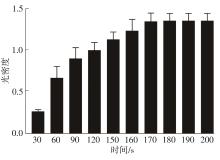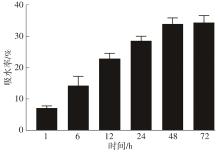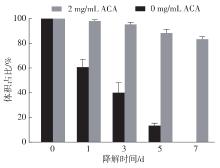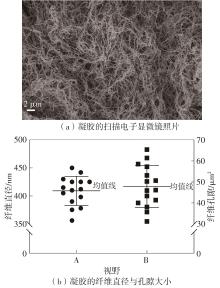Journal of South China University of Technology(Natural Science Edition) ›› 2023, Vol. 51 ›› Issue (1): 69-75.doi: 10.12141/j.issn.1000-565X.220062
Special Issue: 2023年材料科学与技术
• Materials Science & Technology • Previous Articles Next Articles
Preparation and Properties of Fibrin Gel Tubular Scaffold
LIN Zhanyi1,2,3,4 LIU Peng1 MEI Jingyi1 ZHOU Jiahui3
- 1.School of Biology and Biological Engineering,South China University of Technology,Guangzhou 510006,Guangdong,China
2.School of Medicine,South China University of Technology,Guangzhou 510006,Guangdong,China
3.Department of Cardiology,Guangdong Provincial People’s Hospital (Guangdong Academy of Medical Sciences),Guangzhou 510080,Guangdong,China
4.Guangdong Provincial Geriatrics Institute,Guangzhou 510080,Guangdong,China















